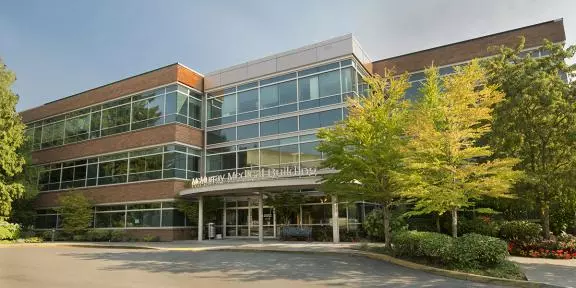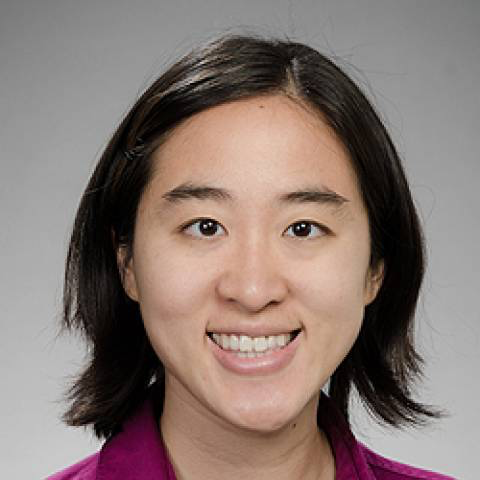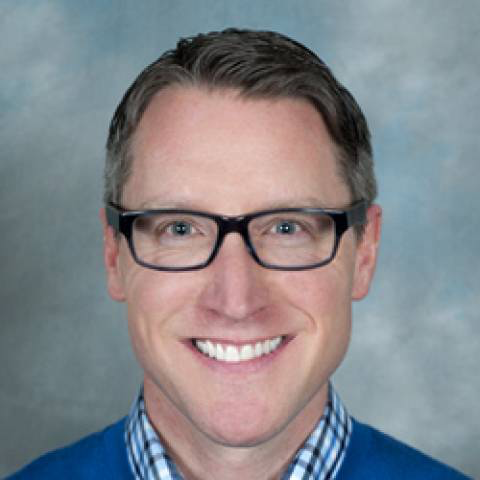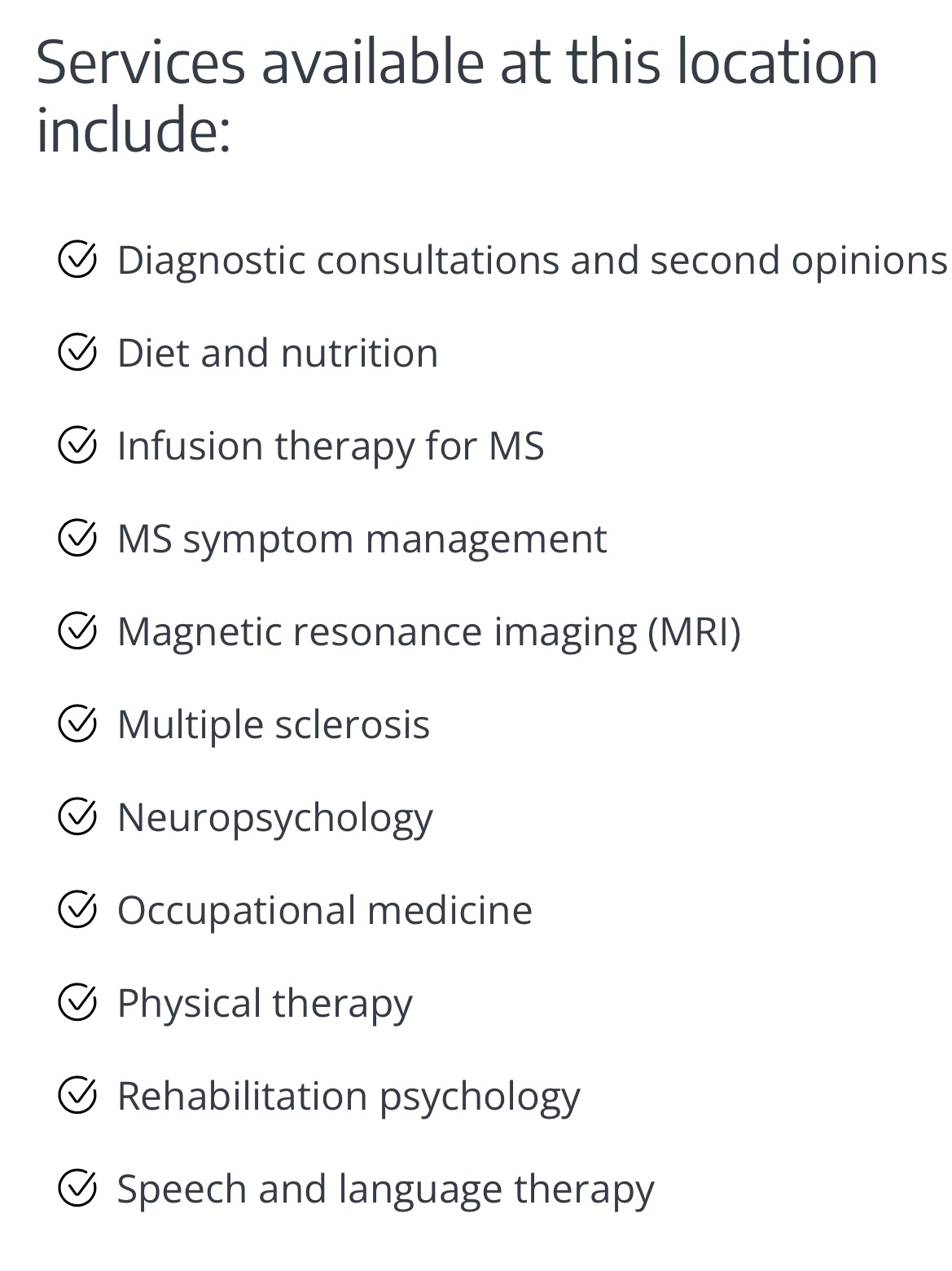
Last week I went into the clinic to see my MS doctors in person for the first time since COVID started. My appointments have been virtual for years now, which is a convenience I greatly appreciate, but ultimately lesser care. When I see my doctors in person, they can do physical assessment and more accurately determine an appropriate course of care. When my appointments are virtual, I try hard to describe what I am feeling, and exactly where in my body I am feeling it, which mostly looks like a very bad game of charades. We have made do.
I really like my doctors. Dr. Hou, my physiatrist, has grown on me. When I first met her, I found her timid and socially awkward. She would walk into the room with her handbag hanging from her elbow like she was leaving to catch a train soon. She speaks very quietly and, while doing physical exams, her touch feels homeopathic – a diffuse approximation of contact. Over the years she has had my back. When I was working with the long-term disability company at work, she was essential in my getting the appropriate benefits and accommodation. When I was applying for social security disability, she again helped make sure the documentation was complete and thorough. She doesn’t hesitate to provide referrals, is always looking for new treatments or devices to help make my life better and, even though she can defer too much to my opinions, she is able to get through to me the pros and cons of medication choices and strategies.

My neurologist, Dr. von Geldern, is warm and knowledgeable. She is a sparkly-eyed German woman whom I’m sure would envelop me in a bear hug if it weren’t for medical protocol. She is respectful of my knowledge of my body, my intelligence and healthcare background, and my decisions. She is never rushed and she also helps me get whenever support I need – medical marijuana approval, a disabled parking permits authorization, approval for any and all appropriate medications.

I see these practitioners at the University of Washington Multiple Sclerosis Center. When I was employed, I had the pleasure of working with Joe Stuckey, the vocational rehabilitation counselor at the center. He walked me through my evolving decisions related to accommodation at my workplace, my interaction with long-term disability insurance, and ultimately the decision to leave the workforce and apply for social security disability. A vocational rehabilitation counselor provides pragmatic information as well as the emotional support in dealing with the grief and loss of leaving meaningful employment.

The center also provides mental health counseling, physical therapy, occupational therapy, regular education classes, and is an infusion center if you are prescribed medication that requires it. For the most part, I’ve seen the same nursing staff over the last 10 years which provides a comforting continuity of care over time.

This comprehensive and collaborative care model is something I hadn’t questioned. It makes perfect sense and I assumed it’s what many had access to. In fact, we have two fantastic multiple sclerosis centers in Seattle. In talking with my weekly MS Zoom women’s group, it has become clear to me that this isn’t so. The eight women in my group are similar age, education level, socioeconomic status, and proximity to urban centers. Except for one other woman (who also lives in the greater Seattle area), this isn’t the case. A couple of the women are close to University of California university hospitals. A couple of others are patients at Mayo Clinics. And another, though technically in the greater Seattle area, is far enough away that her closest Health Care providers are not part of an MS center. It would make sense that this collaborative model of care would be available in these different environments, but they aren’t.
I am lucky, and I shouldn’t have to be. This center-based care model works. The right providers and modalities work together in a concerted way where the whole is greater than the sum of the parts. Because they can communicate with each other about patients, less things fall through the cracks and more creative solutions to problems are possible. It is a human model of care where patients feel seen and heard. When I go in for my appointments, the degree to which I’d don’t feel anonymous helps inspire hope and optimism. My team has my back and is rooting for me.